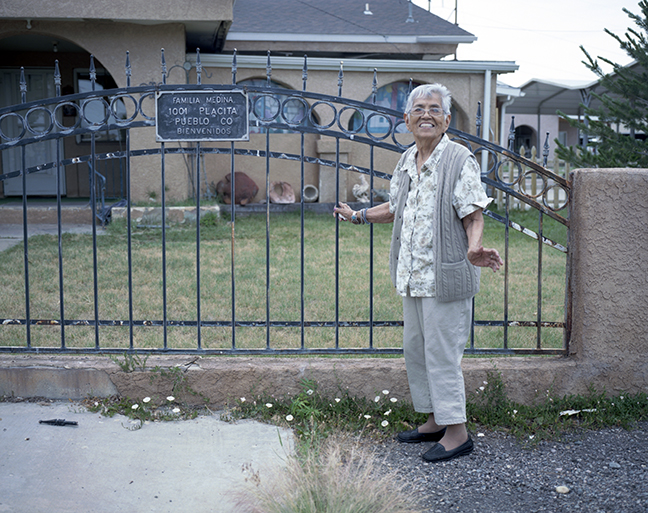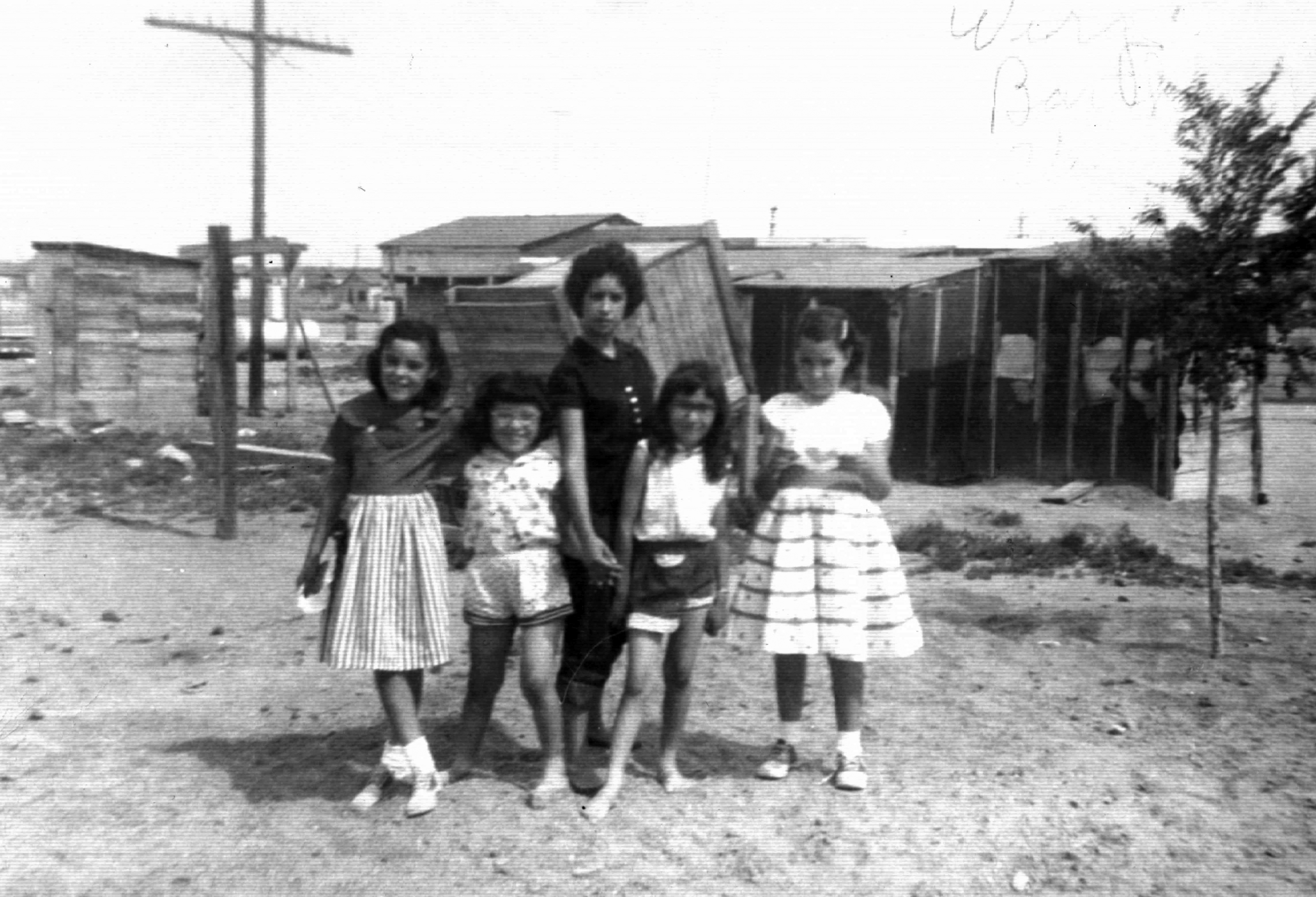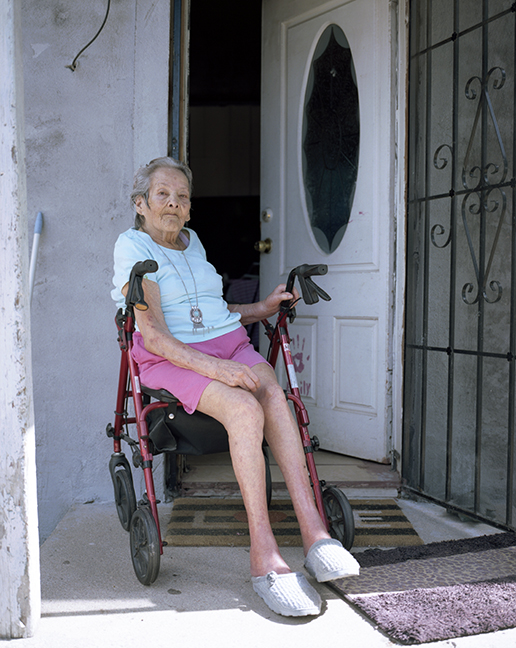Story
Reliving Their Own History: The Importance of the Neighborhood Memory Projects
A neighborhood is more than just a location or a group of houses. It is a collection of people, each with their own unique experiences and recollections, who together form something greater. The collective memory of a community can be a powerful thing and it can tell important stories. Family, work, school, sports, church, and community are all recorded together in written, visual, and oral form. That is why El Pueblo History Museum is proud to host a variety of memory projects.
The first was the Salt Creek Memory Project, which recorded the local history of the traditionally Mexican American Salt Creek community just south of Pueblo, Colorado. And now the projects continue in the neighborhoods of Avondale and Dog Patch (also known as Eastwood Heights), both located in the city of Pueblo.
These projects are based on a simple ideal: When people see themselves as the creators and writers of their own history, they can also see themselves as the makers of their own destinies. These projects gather communities together and create a space for residents to work together in order to craft a shared history record.
“The memory projects work with the community to explore ways to help individuals in that community unearth the memories they have about the neighborhood,” said Felicia Tapia, one of the chief organizers of the Dog Patch Memory Project. “Each project is unique to that neighborhood.”
The process of collecting these memories is led by a community-based committee composed of residents who have volunteered for the task. They make decisions about what events and workshops to host, what is needed to coordinate the events, and how best to encourage the recollection of stories. It is important that this guidance comes from within the community—after all, they’re the ones who know their own story best, and know what needs to be done to make sure that story gets told.
Various methods are used to get community members involved and to encourage them to remember. Volunteers participate in workshops where they re-create their childhood home and tell stories about what happened there, or discuss in a group what their neighborhood means to them, or bring in old photographs and newspaper clippings for scanning, saving, and storytelling. Events also include walking through the neighborhood as a group, reminiscing about past events, and going to the church or the park to play instruments and sing together.
The memory projects are not just about collecting the information for an exhibit or for historical record. They are also about bringing the community together and revitalizing or maintaining its collective spirit, fostering a sense of togetherness.
“It’s less about chronology,” said Tapia, “and more about the experience.”
Once the memory project is complete and a collection of memories, stories, and shared experiences has been gathered, the community works together to help share those stories. Museum exhibits, murals, theater, music, art projects—the memory projects lead to the creation of these beautiful physical manifestations of the community’s memories. The neighborhood, working together, brings these memories back to life.
“A common theme throughout the stories from the community is one of building their neighborhood together,” said Tapia. “These memory projects are truly about communication. They open a door from the museum to the community that is replaced with new spaces of shared experience. They are a platform for communication from the past so that we can clearly understand the roads now paved that once were dirt. Without these neighborhood memory projects, we lose valuable time to engage people who can share their experience; we lose a connection to American culture and history.”
Want to learn more? Listen to oral histories from Salt Creek Memory Project on SoundCloud!



